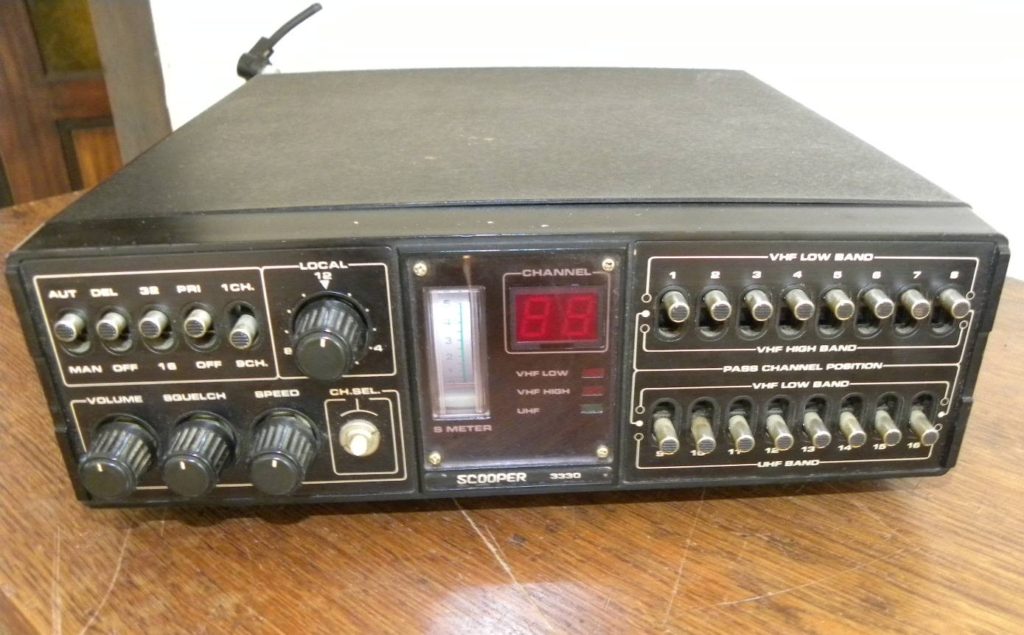You’ve seen the fiction binge I’ve been on since December, so this post is about the non-fiction books on my To Be Read (TBR) pile.
Wonderland: How Play Made The Modern World, by Steven Johnson, is one of the books on my currently reading stack. I love his premise that creation for the sake of joy spurred on the making of many modern inventions.
“‘Each epoch dreams the one to follow, creates it in dreaming,’ The French historian Michelet wrote in 1839. More often than not, those dreams do not unfold within the grown-up world of work or war or governance. Instead, they emerge from a different kind of space: a space of wonder and delight where the normal rules have been suspended. Where people are free to explore the spontaneous, unpredictable, and immensely creative work of play. You will find the future wherever people are having the most fun.”
I can’t wait to delve further into all the cool inventions generated by fun, like The Writer, a little mechanical automaton built between 1768 and 1774, which could be “programmed” to pen up to 40 characters.

In an oddly similar vein, the Jane Austen Book for the month is What Regency Women Did For Us, by Rachal Knowles. Chapter one, The King’s Stone Maker is about Eleanor Coade, who bought and ran a successful manufactured stone business in 1769. The title refers to the fact that she was commissioned to provide stoneworks for both George III and the Prince Regent, eventually George IV, not to mention hundreds of prominent figures and buildings from the late 1700 to early 1800s.
Forget the fact that women didn’t “do” such things; forget that women were expected only to marry and have children; Coade tinkered with the formula for the stone, designed the ornaments, marketed successfully, and lived, I have to assume, happily and fulfilled until the age of 88.

Tackling Designing Your Life: How to Build a Well-Lived, Joyful Life, by Bill Burnett & Dave Evans, is something I’ve been meaning to do for a while now. I read the preface aloud to my dearest cousin on a beautiful drive from Napa to the coast, and I adore the idea that our lives have iterations which we can be increasingly purposeful about…making a life by design, as it were.
Since I attribute so much of my life to chance, and since my work-life, in particular, is in flux, I am excited to work through the book, learning what I can about trying things (and not being afraid to fail).
If you become open minded enough to accept reality, you’ll be freed to reframe an actionable problem and design a way to participate in the world on things that matter to you and might even work.
This lovely quotation is one I intend to take to heart. After completing the dashboard in chapter one, I know I need to spend more time (and get smarter about the time I do spend) on the narration and writing I am doing right now. What that will look like I’m not sure yet, but I have lots of ideas to try out.
Another book sitting in the stack for a long time (years??) now is Refuse to Choose, by Barbara Sher. Her theory (one I find very comforting) is that some people are what she calls “Divers.” They dive deeply into an area of pursuit or thing they love, are completely fulfilled by it, successful at it, and never feel any lack or need for anything else.
Other people are “Scanners,” people who find ABSOLUTELY EVERYTHING interesting, stimulating, and pursuit-worthy. Can you guess which category I fall into?
The book was recommended to me by an older friend I admire enormously (and in fact, I think she gave me the book). She is a talented artist, and after a tour of her home and her art studio, I think she saw the scanner in me.
The first chapter is about putting a few things into practice that help a scanner set themselves up to be successful. One is a Scanner Daybook, a special journal only for fun ideas which you may (or may not) ever get around to. The purpose of the scanner daybook is to enjoy the fact that you are a person who simply has interesting ideas all the time.
Giving that creative mind of yours a chance to have some fun is like giving a plant sunshine and water.
A side effect of the workbook is that it teaches scanners to give themselves permission to enjoy the process of brainstorming whatever they are taken by in that moment. Forgiving themselves–or being at peace with–the fact that every one of their ideas probably won’t come to pass.
I do constantly “get on myself” for all the unfinished things in my life. I have started so many exciting projects I would enjoy doing (and I know my husband is like this as well). A key part of being a functioning scanner, according to Sher, is acknowledging that:
A Scanner is curious because she is genetically programmed to explore everything that interests her. If you’re a Scanner, that’s your nature. Ignore it and you’ll always be fretful and dissatisfied.
Sher points out that until the mid-fifties, Rennaisance men (and women) were highly valued. The shift in our culture toward increasingly narrow fields of study in school, and specialization in professions has made it hard to be what my husband generously calls “A Generalist” (but Sher would call a Scanner).

For several years, I’ve scanned the local job market. Slowly but surely I recognize how hard it is to find a job description where I meet the exact qualifications. Or, alternatively, one that is offering tasks and responsibilities that strike me as broad enough to make the work enjoyable.
My belief that I am capable of doing almost any type of work, and that I would find most ‘new’ endeavors worthwhile and interesting (at least for a while), is definitely in conflict with the concept of a “career path.” Employers want an applicant that focuses on doing more and better of the same type of work they’ve always done, a.k.a. direct experience. If I second guess my eligibility, I suspect that filters insidiously into the job applications I’ve submitted. I love that Sher has compassion for Scanners like me:
“It is essential that you never forget that for most of human history, a person with a wide range of knowledge and abilities was highly valued.”
The second thing (which I have yet to do because it is daunting) is a Living Quarters Map. The exercise is to draw a map of your house and walk through, identifying each thing in every nook and cranny that is in some way “a project” or “an idea.” This is so daunting to me that I’ve decided I am going to have to make the map room by room, in order to not overwhelm myself.
Hopefully, I’ll have a picture of my map for you by next week. If you like the idea, I would love to be encouraged by your maps as well.
What do you think?